How Popular Spots Overshadow Southern Gems - Arizona
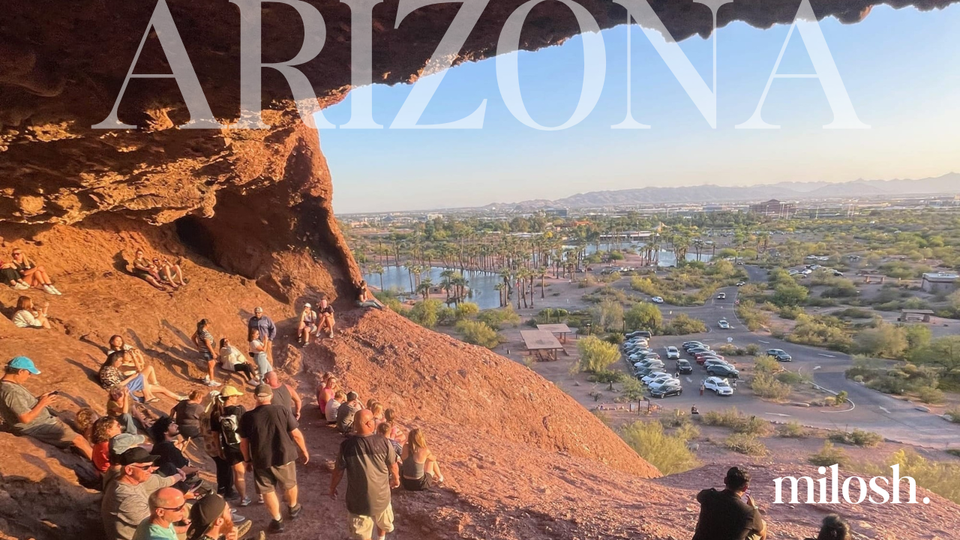
Arizona, the 7th most visited state in the United States, welcomes roughly 45 million visitors annually, it's charm remains (for now) concentrated in a handful of iconic destinations. Vast majority of visitors come here for Grand Canyon or Sedona. While these places are undeniably stunning and bucket-list-worthy, they overshadow the hidden gems that are located across the state. This is where “unspread” tourism comes in—a concept rooted in redistributing attention from overexposed places to equally picturesque but overlooked spots...
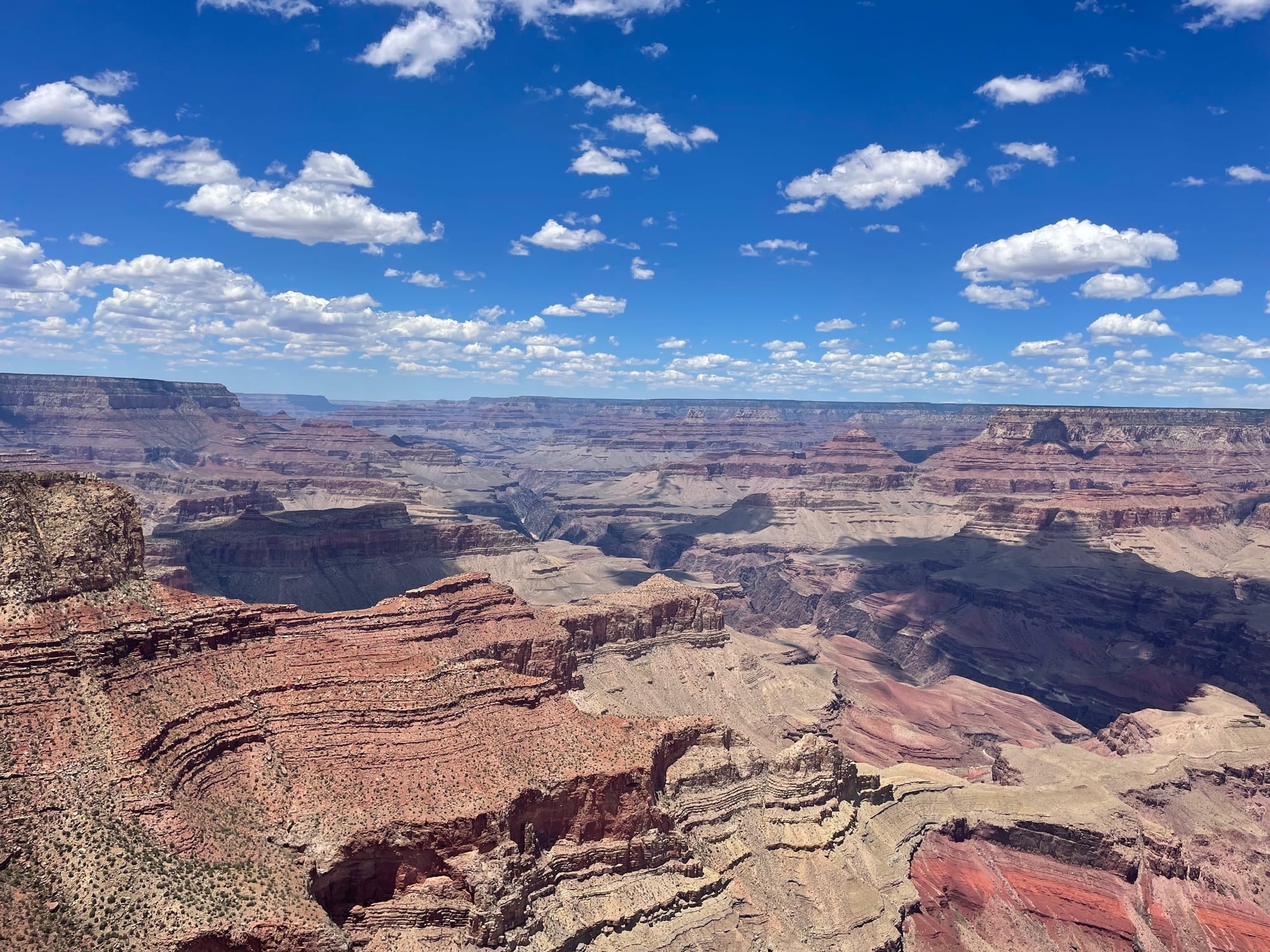
Arizona in Numbers
The Grand Canyon alone attracts up to 5 million of these visitors each year, accounting for nearly 13% of the state's tourism. Sedona, known for its red rock formations and stunning scenery, draws over 3 million annual visitors, while the Phoenix Valley, with its factories bigger than non-American towns and a valley so big you can't see the end of it from any of the mountains surrounding it, sits as a hub of business tourism and hospitality.

Overtourism in AZ?
Overtourism is what happens when the number of visitors to a destination overwhelms its infrastructure, environment, and community. At many of the world's leading attractions - this is evident. Overcrowded viewpoints, traffic congestion, and the strain on park resources. Grand Canyon, despite its enormous size, is no different at the main tourism points. Beyond environmental impact, overtourism diminishes the very experiences people seek. Standing shoulder to shoulder at a viewpoint doesn’t allow you to truly absorb the majesty of a place.
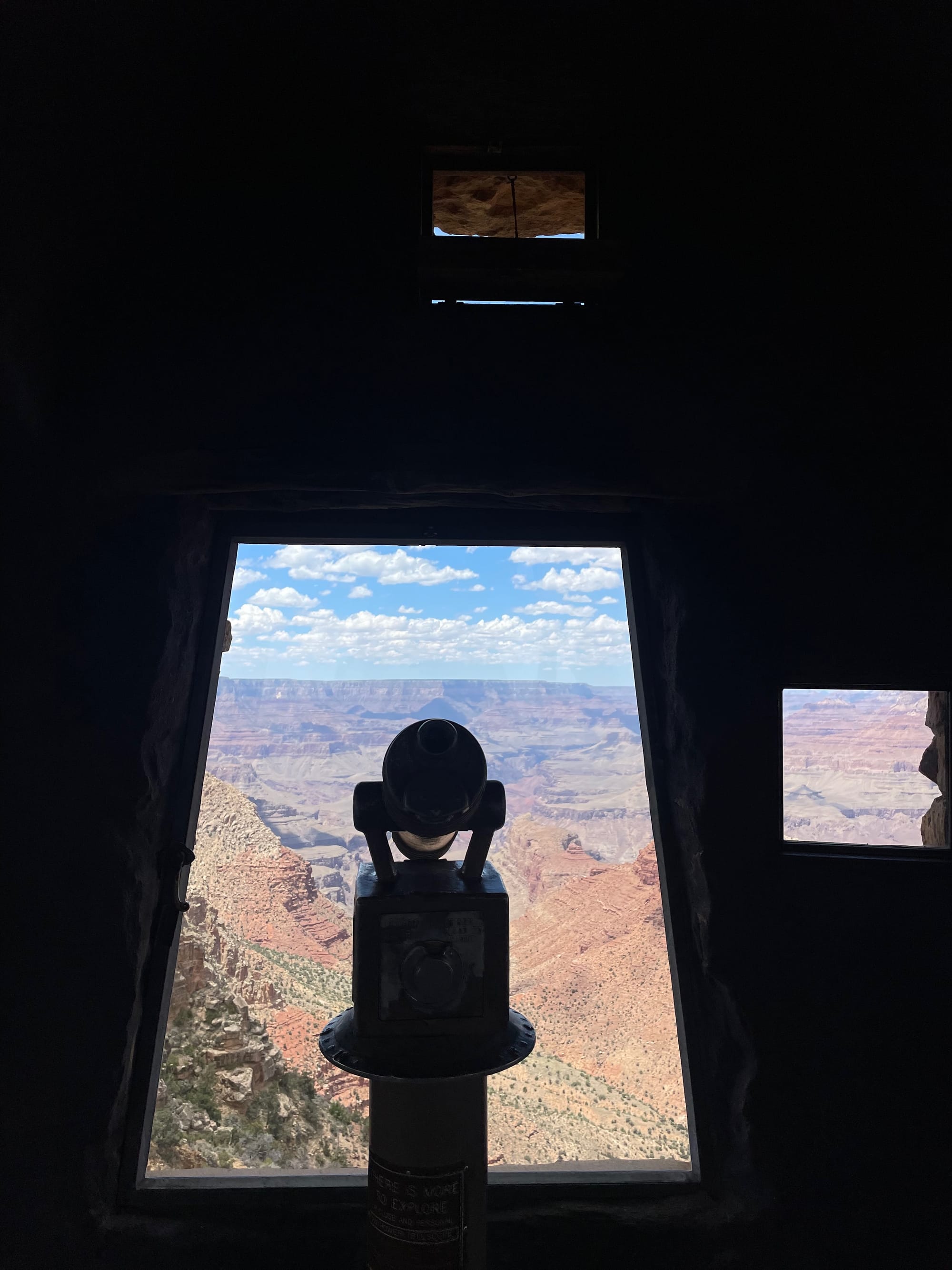
This is where “unspread” tourism becomes critical. Concentrating visitation on a handful of landmarks harms both the environment and the visitor experience. By promoting lesser-known destinations, we can ease the burden on iconic sites while unveiling new stories to tell.
There are many stories we may follow all around the globe. Mostly tied to big cities which economy is heavily dependent on tourism revenue - Kyoto, Barcelona, Rome, Rio de Janeiro etc.
I have spent prolonged time in Arizona and something that surprised me tremendously was it's southern part. How come more people are not aware of it's majestic mountain ranges? Why are there not more campaigns promoting places as such, ensuring the "spread" of the tourism towards places that may be less visited - but more authentic, unique & local-like.
Southern Arizona
Southern Arizona is an interesting one. Speaking from my European mindset - I was not truly familiar with what exactly does this place offer. Before visiting Arizona, apart from the Grand Canyon, the NHL Coyotes franchise, endless desert I only new about the ice tea & the sweets named equally.
So to find out that you can actually ski, see bobcats or run in the pine forests was a pleasant surprise!
But what makes Southern Arizona standout you ask?
Me & Jamie have spent 2 weekends in Tucson area with her family. Apart from incredible hospitality we went out on an incredible trip out in Santa Catalina Moutnains - Mount Lemmon specifically. Towering saguaros are lining up all around the incredible roads leading up the mountains. The views are very different to what seen in the northern part of the state. For moments I felt like in one of the Winnettou movies that I admired as a kid, set back in the Wild Wild West.
To my surprise, the wilderness seems absolutely untouched & the distances can prove to be tricky. It felt so authentic & untouched that even visiting the "Lemon Pools" a plunges from melting snow situated within the river creeks & huge stones - was almost impossible to find! After a couple of hours of doing so - we were able to enjoy it with no one but ourselves.
Mount Lemmon remain comparatively quiet. Offering cool mountain air, scenic hiking trails, and even a ski resort, Mount Lemmon sees around 200,000 visitors annually. By contrast, Saguaro National Park, split between Tucson’s eastern and western edges, draws just over a million visitors—a fraction of Sedona’s or GC's numbers.
Want to explore authentic Arizona with no crowds? This may be your best bet.
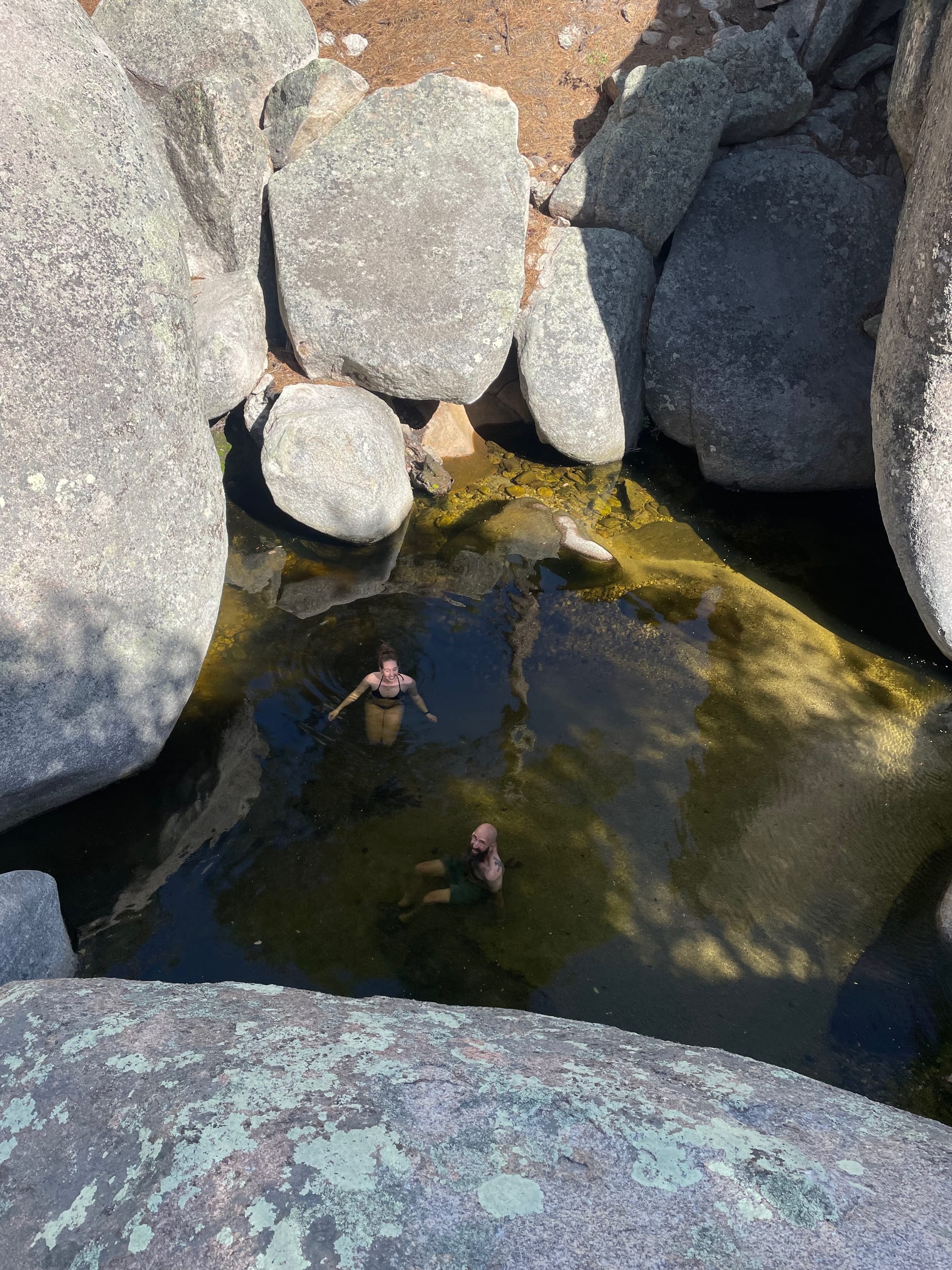
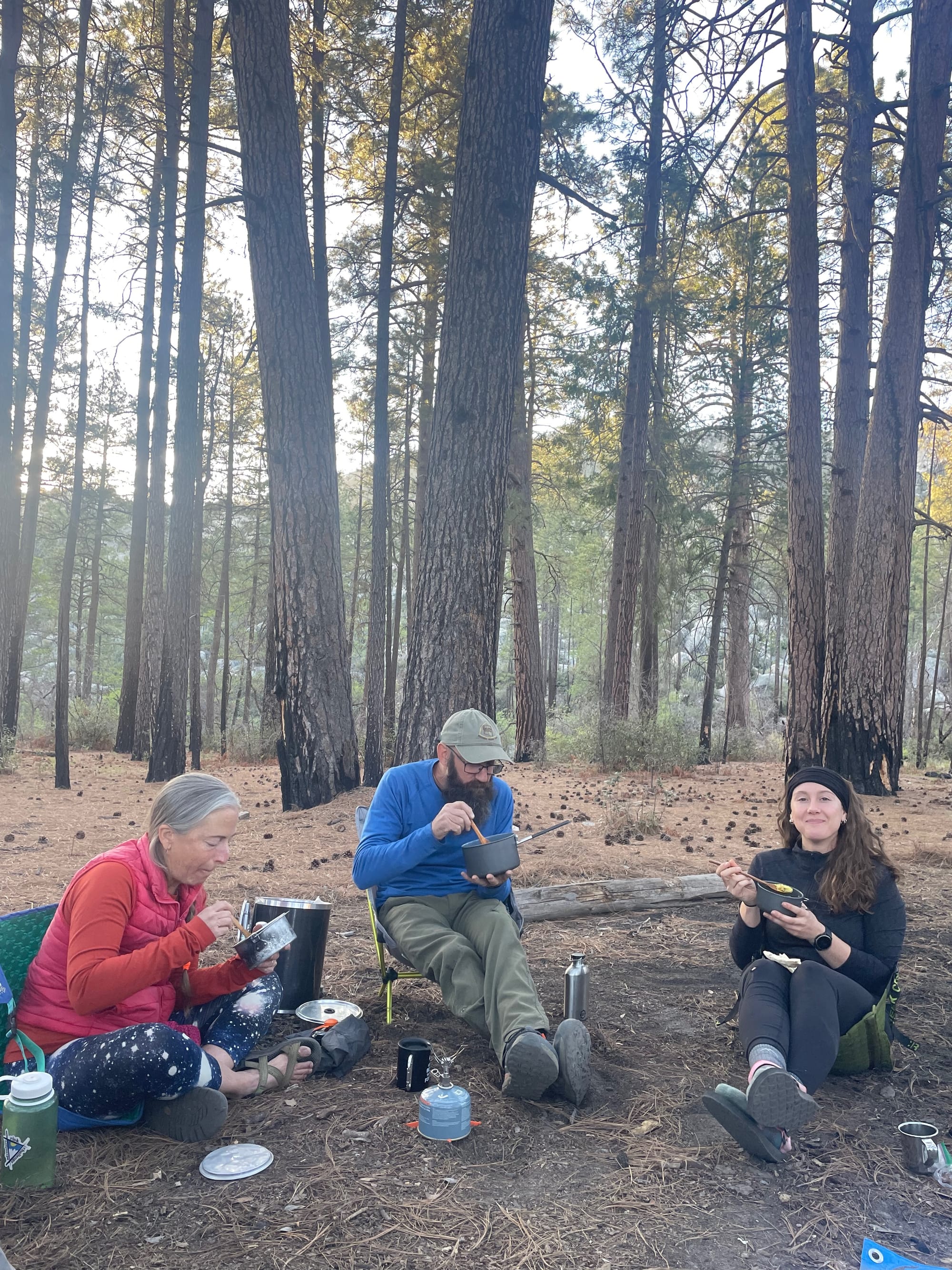
Camping at Mount Lemmon that lies on Arizona Trail.
Another, rather unique way of exploring a place can be thru-hiking. A long form hiking that has gained the popularity worldwide in the past decade, but has been massively popular in the US for longer period of time.
The Arizona Trail (AZT) is gaining attention for its scenic diversity. Estimates suggest that approximately 1,000 to 2,000 hikers attempt sections of the AZT each year, while a smaller number, likely in the hundreds, aim to complete the entire 800-mile journey as thru-hikers.
This number is relatively modest compared to some other long-distance trails, reflecting the AZT's appeal as a more secluded adventure.
The trail's less-visited sections in the south offer opportunities to escape crowds, requires for plenty of water supply, but an unmatched adventure.
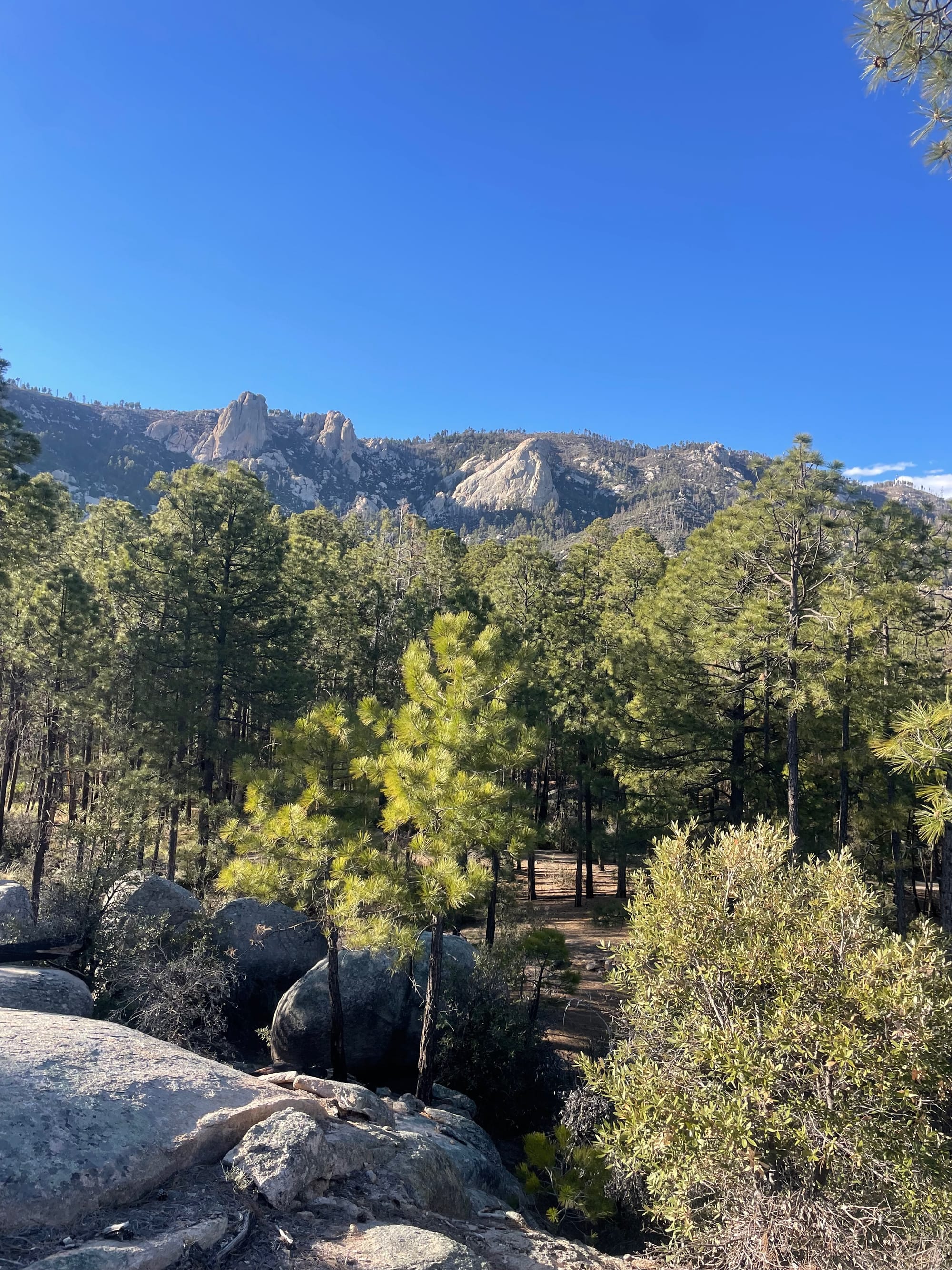
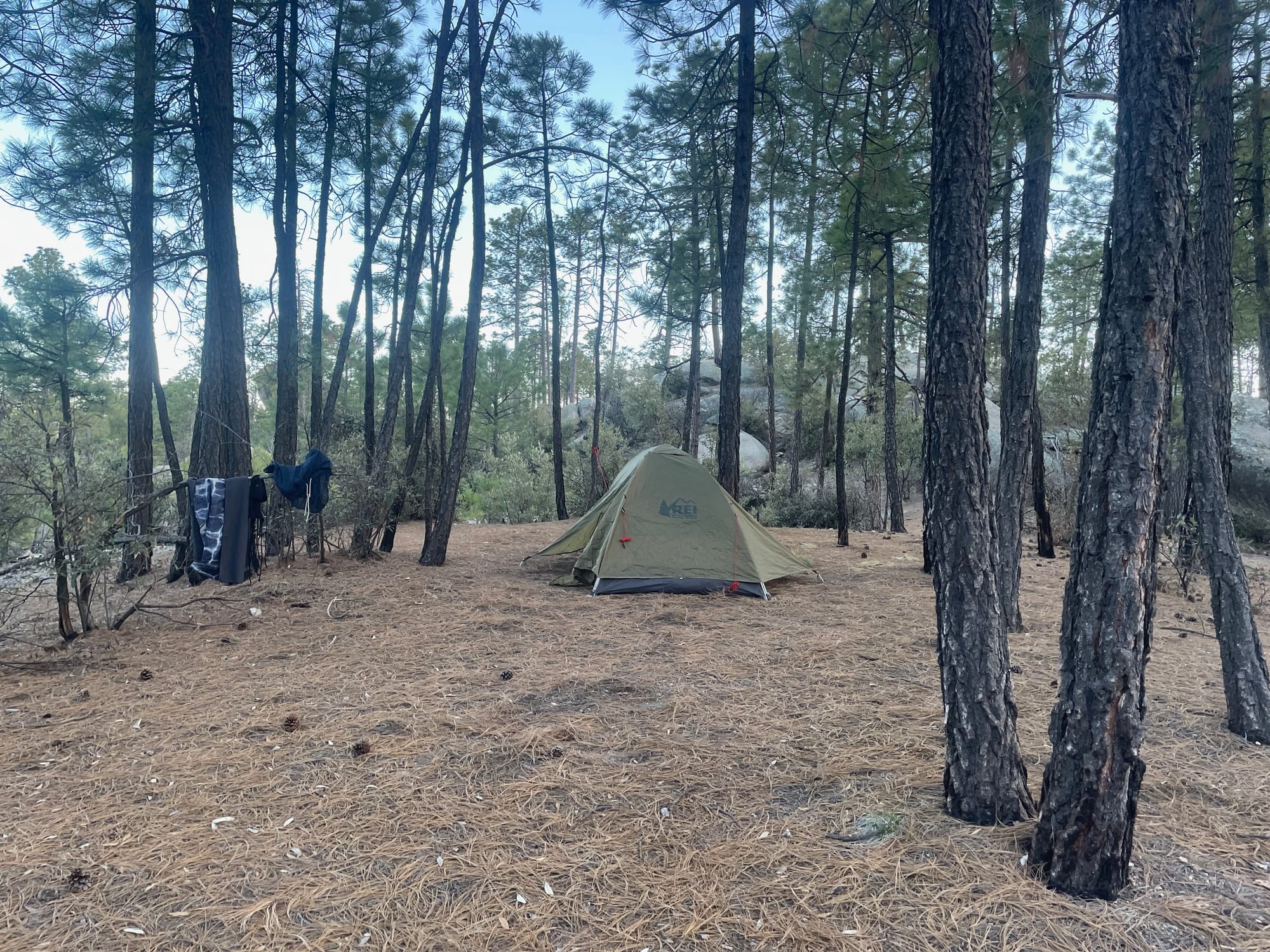
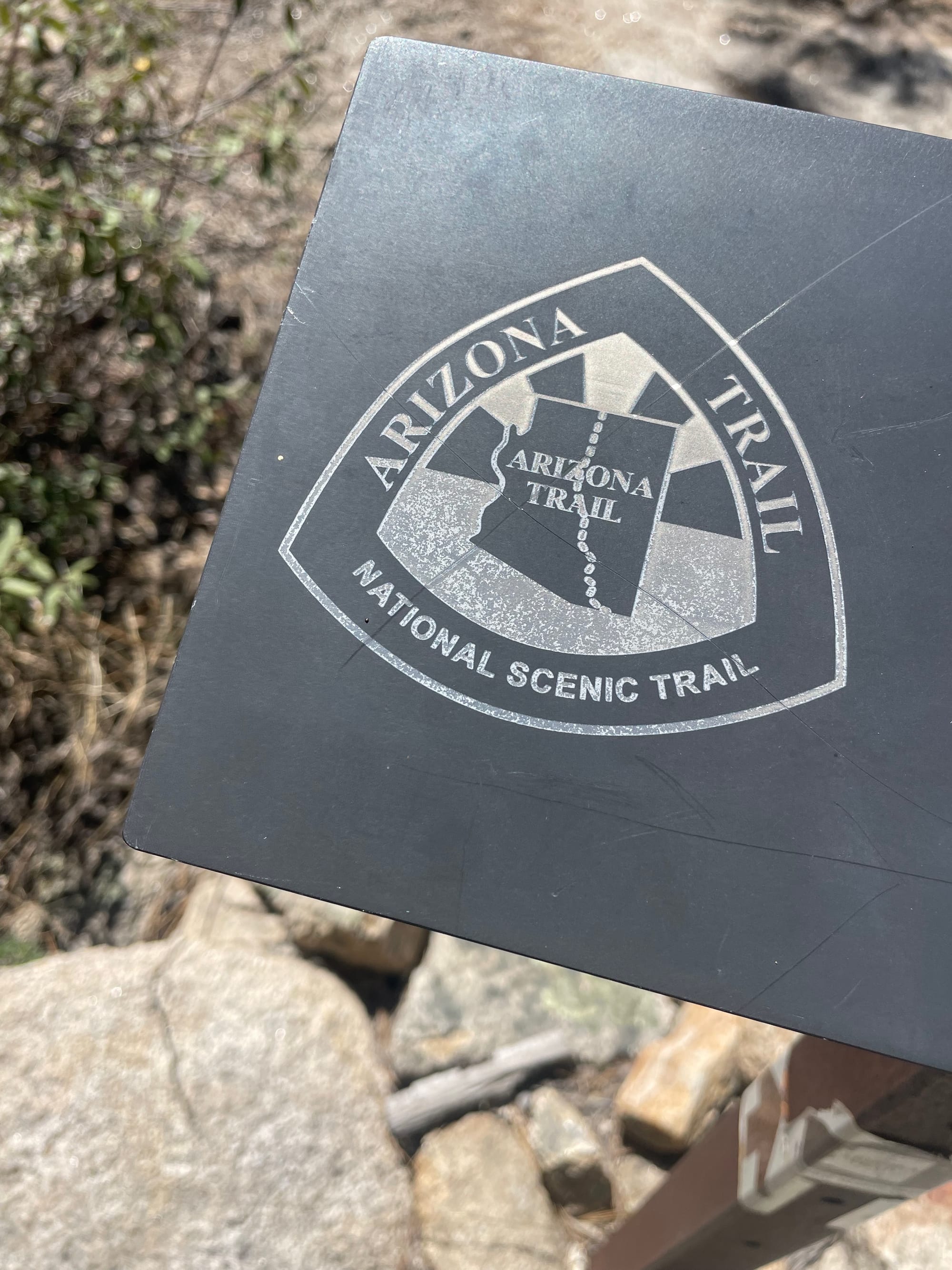
These could be your views on the AT.
Should We Change The Way We Travel?
I oftentimes think about how different my travel is. Off-the-beaten-path. The real truth though - 99% of the places I visited - I heard about from someone else. Be it a family member, a friend, a travel acquaintance, a blog post, or an Instagram story. I saw it, read about it, or heard about it. And that's fine.
Inspiration, recommendations and ideation coming from others form our travel experience. However, the least we can do is to consider the impact of our travels not only on us - but on the places we visit. No one is telling you that you should not visit the Grand Canyon. Or the world's 7 wonders. If that's what your heart desires - go for it. But perhaps before visiting all 7 of the wonders - think about the places where they are located. What more do they have to offer? What more is there for you to learn?
When squeezing oranges for orange juice - do you only press an orange once before throwing it in a bin? Or do you make sure that you get every last drop out of it?
Imagine that is your travel experience at any place in this world you get to visit.
